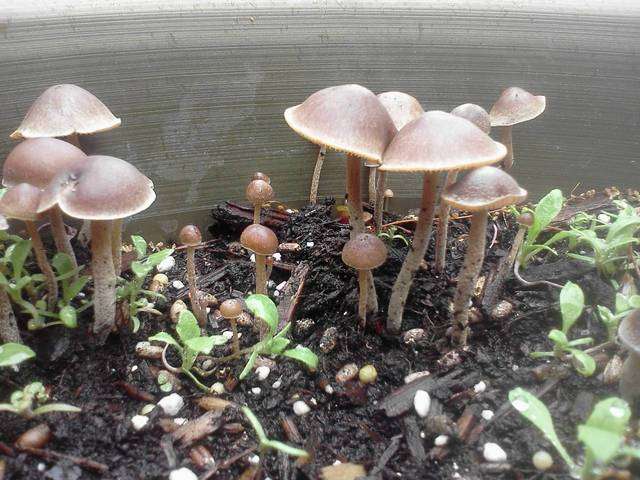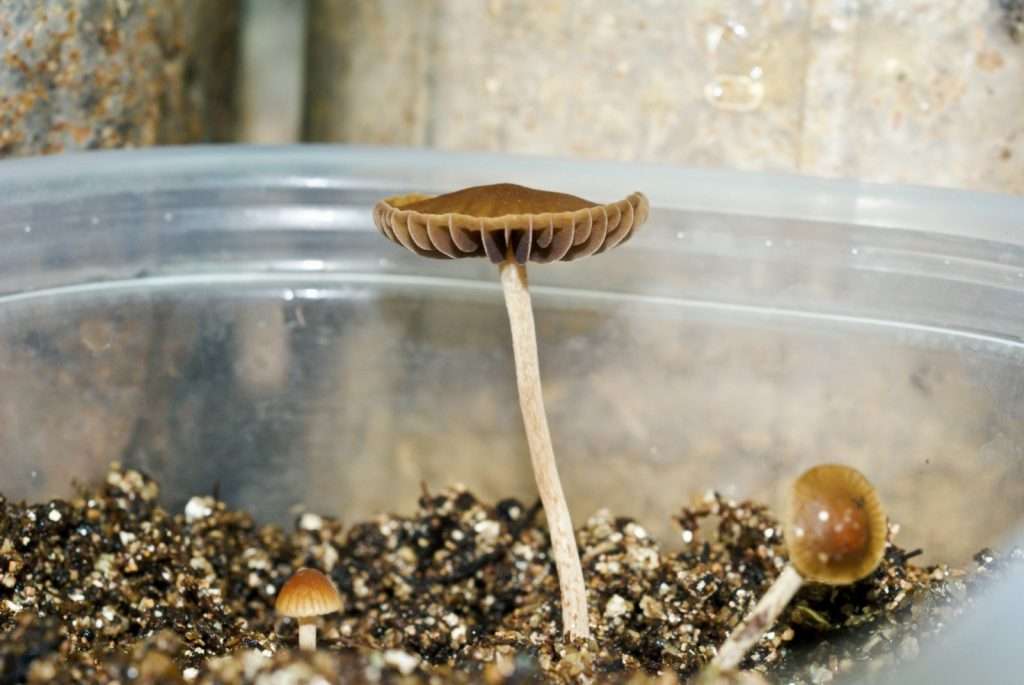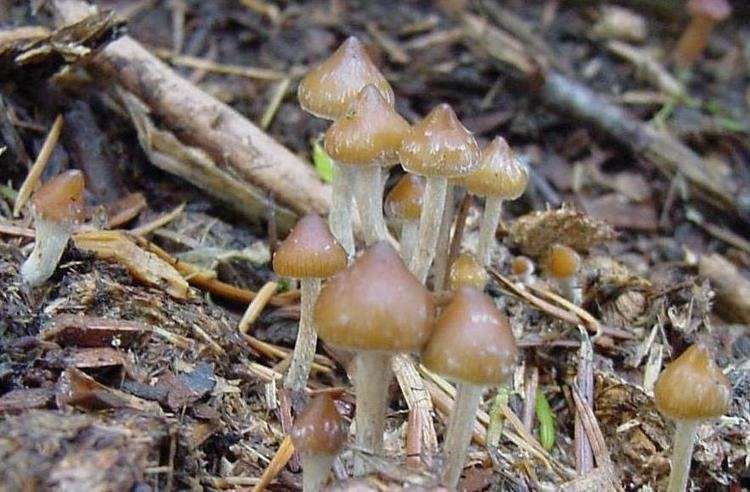Fly Agaric
Scientific name Amanita muscaria Description Amanita muscaria is a huge, noticeable mushroom that is often widespread and present in large numbers where it grows. It is frequently seen in clusters at all phases of growth. Fly agaric fruiting bodies, which look like white eggs, appear on the ground. As it rises from the earth, the […]











